Travel methods nowadays are too monotonous - either visiting popular tourist spots for photos or queuing at Michelin-starred restaurants. As a travel blogger who has visited over 30 countries, I deeply feel that this superficial style of travel cannot truly touch the soul of a place. It wasn't until last year when I participated in a month-long sea turtle conservation project in Bali that I truly understood a different way of traveling.
I remember the first day in Bali, before dawn, I followed the project staff to the beach to clean up garbage washed ashore by waves and search for turtle tracks. The moment I first saw baby turtles hatching remains an unforgettable shock and emotional experience. Although it was tiring to wake up at 5 AM every day to work with volunteers from around the world, everyone's faces were filled with genuine smiles.
Looking globally, the volunteer travel market is experiencing unprecedented growth. Projects Abroad and IVHQ are like the "Ctrip" and "Fliggy" of the volunteer travel world - they're not only leading in scale but also excel in service quality and project diversity.
Take IVHQ for example: since its establishment in 2007, they have launched thousands of projects in over 50 countries, serving more than 145,000 volunteers. Behind these numbers are countless life-changing stories. I know a German volunteer who worked for six months through IVHQ's program at the Masai Mara Nature Reserve in Kenya, assisting researchers in studying lion migration patterns. This experience not only gave her valuable field research experience but also gave her a new understanding of African culture.
Projects Abroad focuses more on project professionalism and sustainability. They regularly publish project impact reports, allowing volunteers to clearly see what changes their contributions have brought. For instance, in their archaeology projects, volunteers can participate in field excavation work and learn professional artifact restoration techniques.
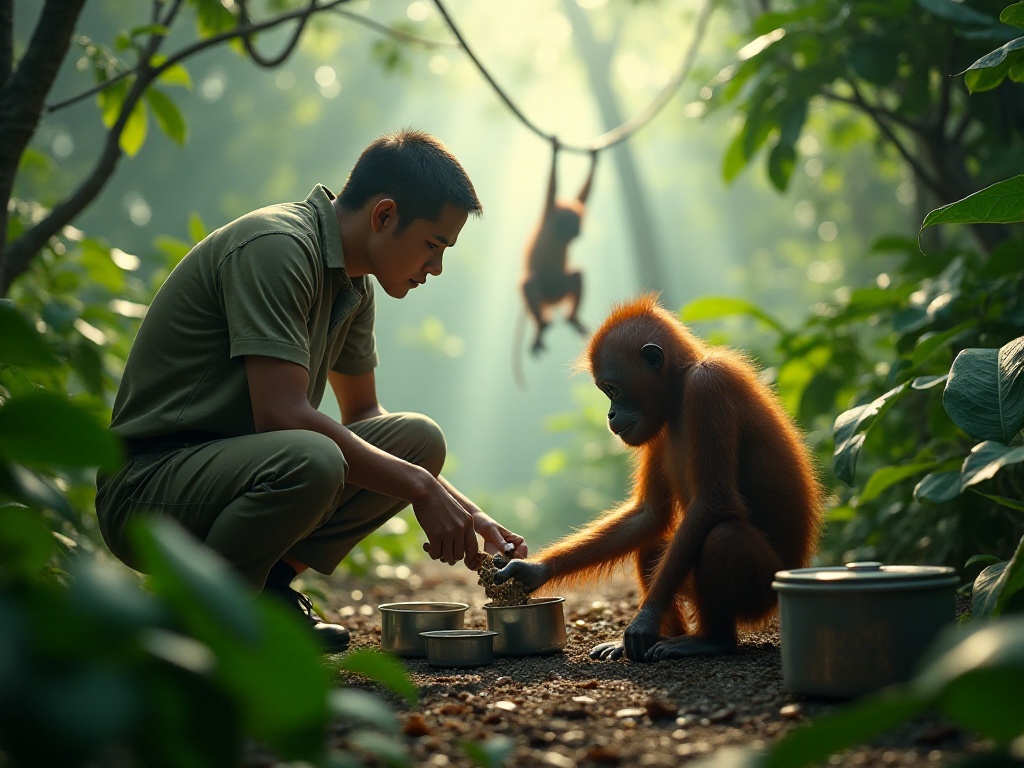
Today's volunteer travel projects are like a huge treasure box with endless surprises. While traditional teaching and environmental protection projects are basic options, many unique projects have emerged.
In environmental protection, besides common marine projects like sea turtle conservation and coral reef restoration, there are terrestrial projects such as tropical rainforest protection and endangered species research. I especially recommend the rainforest project in Costa Rica, where volunteers can help researchers track jaguar movements, set up infrared cameras, collect footprint data, and even have the chance to witness these mysterious big cats in person.
Cultural preservation projects can be quite creative. For example, in Kyoto, Japan, there are projects specifically focused on protecting traditional crafts where volunteers can learn traditional arts like kimono making and woodblock printing from master craftsmen while helping document these vanishing handicrafts. In Cusco, Peru, there are projects helping local residents maintain Inca trails, allowing volunteers to contribute while deeply understanding Inca civilization.
Community development projects are more closely connected to daily life. In rural Cambodia, volunteers can participate in microenterprise training projects, teaching local women to use smartphones for online marketing and helping them sell handicrafts worldwide. In Morocco's desert oases, volunteers can participate in sustainable agriculture projects, learning traditional irrigation techniques while exploring how to protect these oases against climate change.
Volunteer travel is truly suitable for people of all ages. Projects Abroad specifically designs distinctive projects for different age groups. High school students aged 15-18 can participate in special youth projects to experience volunteer service under professional guidance; those over 50 can choose cultural exchange projects with relatively lower intensity.
At an elephant sanctuary in Chiang Mai, Thailand, I met an admirable 65-year-old lady. She was a retired biology teacher with a special interest in elephants who specifically signed up for a two-month project. Before dawn each day, she would be fully dressed to prepare food for the elephants, follow veterinarians for health checks, and record elephant behavioral data. Though the work was hard, she said it was her happiest time since retirement.
Young people often have more diverse motivations for participating in volunteer projects. Some want to enrich their resumes, others want to improve their language skills, and some simply want to experience a different life. I know a post-90s couple who arranged their honeymoon at a wildlife conservation area in South Africa, spending their days with lions, elephants, and rhinos, thoroughly enjoying themselves.
Regarding costs, I think it's necessary to discuss this in detail. Many people assume volunteer travel must be expensive, but that's not necessarily true. Taking IVHQ as an example, their projects in India and Vietnam can cost as little as $20 per day, including accommodation and three meals. Of course, wildlife conservation projects in Africa or archaeological projects in South America will be relatively more expensive.
However, when comparing prices, it's essential to check what exactly is included in the project fee. Some seemingly cheap projects might not include airport pickup, insurance, weekend activities, etc., making the total cost higher. I suggest paying special attention to the following points when choosing:
First, look at the project fee composition. Generally, project fees include project management fees, accommodation, meals, local transportation, etc. Some organizations also provide value-added services like language courses and cultural experience activities.
Second, consider the cost of living in the project location. The same teaching project might cost $200 per week in Thailand but over $500 in Japan.
Third, calculate additional expenses. Besides project fees, consider international flights, visa fees, vaccination costs, personal insurance, etc. If you plan to travel on weekends, reserve some funds for that too.
Finally, pay attention to payment methods and refund policies. Well-known organizations usually support installment payments and have clear refund terms. Be cautious of projects requiring full payment upfront without refund options.

Choosing a suitable volunteer project is a science. I suggest considering the following aspects:
First is time arrangement. Many people think about short-term projects, believing one week is enough, but this makes it difficult to truly integrate into local life. Based on my experience, two weeks is the minimum, while one month is ideal. During my month in Bali, I spent the first two weeks adapting to the local work rhythm and lifestyle, only becoming truly comfortable after the third week.
Second is organization selection. Besides internationally renowned organizations like Projects Abroad and IVHQ, there are now many regional small organizations running volunteer projects. Small organizations have advantages in better understanding local conditions, providing more personalized service, and offering relatively lower prices. However, the risks are also relatively higher, requiring careful investigation of the organization's background and reputation. I suggest looking at other volunteers' reviews on platforms like Volunteer World or searching for experience sharing on social media.
Third is project content. Choose projects based on your interests and abilities. If you're a medical student, consider medical aid projects; if you like animals, choose animal protection projects; if you're good at teaching, participate in education projects. Avoid choosing projects you're not interested in just because they sound prestigious.
Finally, safety factors. Fully understand the safety situation of the project location, including political environment, security conditions, medical facilities, etc. Whether the organization provides 24-hour emergency support and has comprehensive safety plans are important considerations.
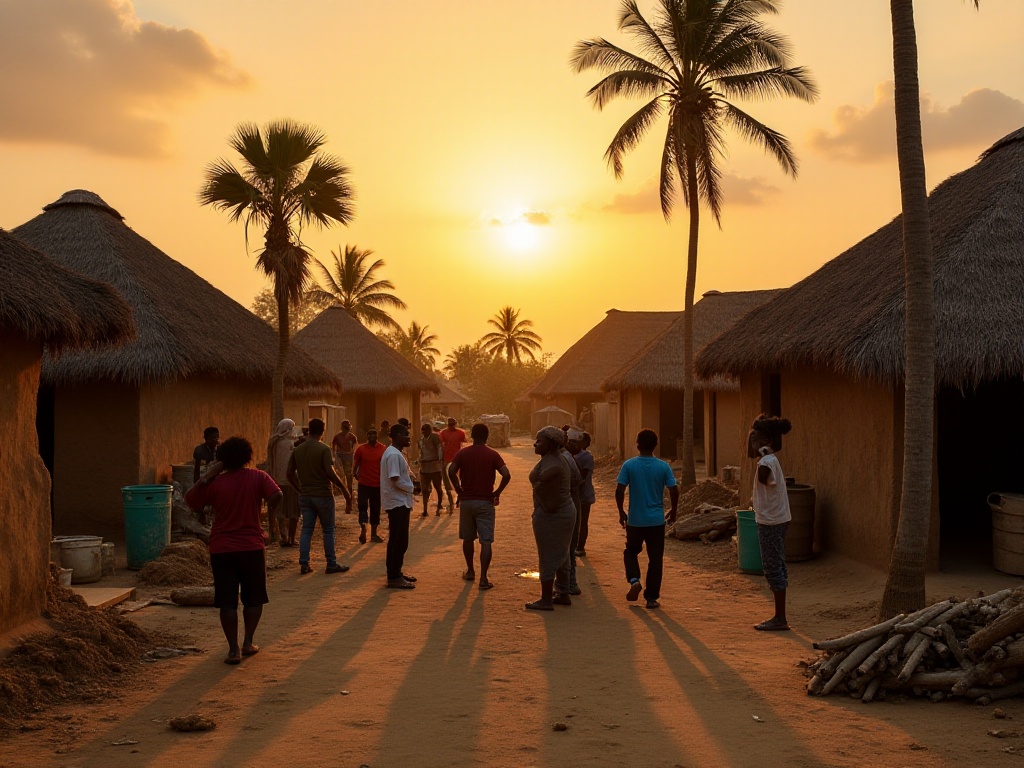
Participating in volunteer projects is not a spontaneous travel decision - it requires thorough preparation. Based on my experience, the following points are particularly important:
The application process usually requires 3-6 months of preparation time. Besides filling out application forms, you may need to provide personal resume, recommendation letters, medical examination reports, etc. Some projects may require video interviews to assess language ability and project compatibility.
Visa applications need advance planning. Visa policies vary greatly between countries - some have specific volunteer visas, while others require tourist or work visas. Understanding these requirements early and allowing sufficient processing time is crucial.
Language ability is a basic requirement. Although not all projects require fluent English, basic daily communication skills are necessary. If going to non-English speaking countries, it's best to learn some basic local phrases to better integrate into the local community.
Pay attention to professional background requirements. Projects in medicine, education, archaeology, and other specialized fields may require relevant academic qualifications or work experience. Even some seemingly low-threshold projects may require specific skills or certificates.
Physical condition must be suitable. Some projects have harsh working environments, requiring adaptation to high temperatures, high altitudes, or wilderness conditions. If you have special physical conditions, communicate with the project team in advance.
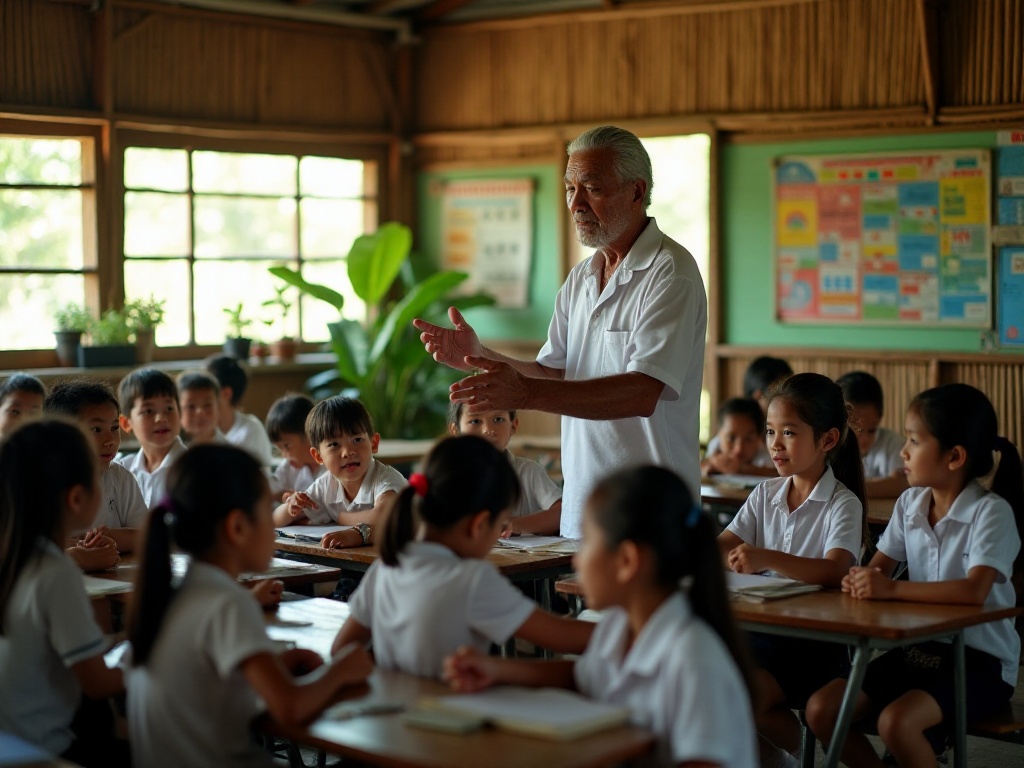
During that month in Bali, though the work was tough every day, the rewards were abundant. I remember one night, we discovered a nest of newly hatched baby turtles on the beach. Watching them wobble toward the sea under the moonlight reflecting on the water, I felt all the hard work was worth it.
What touched me most was the locals' enthusiasm. The project leader, an Indonesian man who had worked in sea turtle conservation for over 20 years, often said, "Volunteers bring not just help, but hope." Through daily interactions with locals, I learned to see the world from their perspective and understood many things I hadn't before.
At the end of the project, a local project leader said something that left a deep impression: "Volunteer travel isn't just about helping others, it's about helping yourself grow." Indeed, this in-depth experience gave me a new understanding of travel. It's no longer just about taking photos at tourist spots, but truly integrating into local life and contributing to the world in your own way.
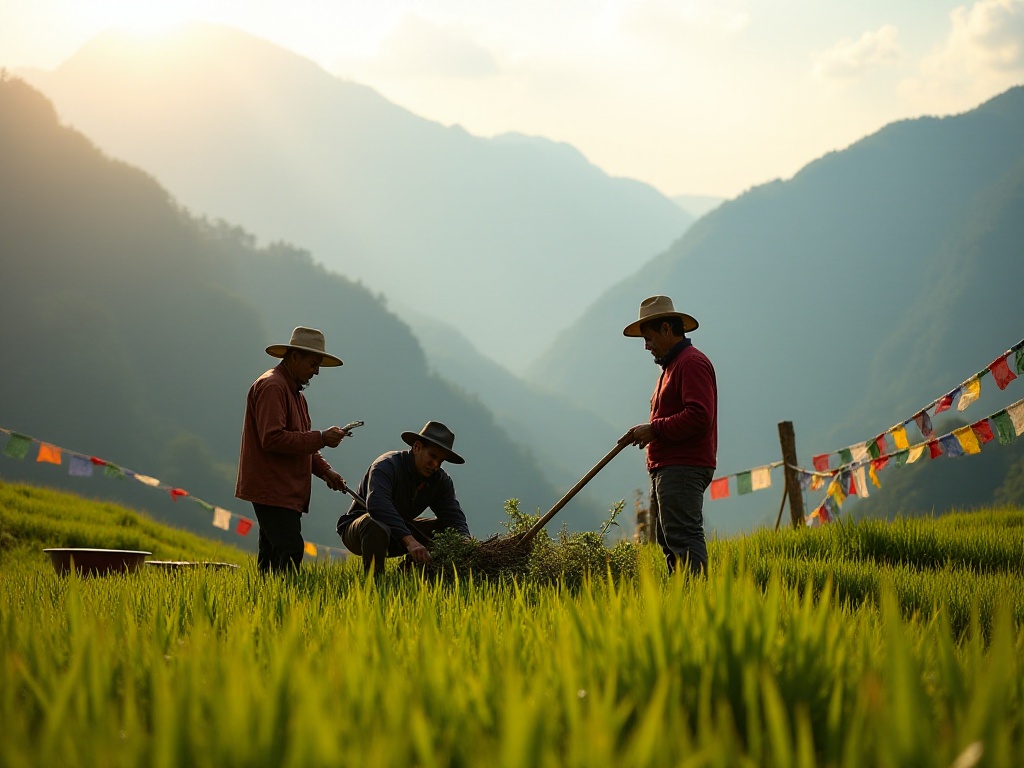
Looking ahead to 2025, volunteer travel will undoubtedly welcome new development opportunities. With technological advancement, more innovative project forms are emerging.
The application of virtual reality technology is an important trend. Some organizations have begun trying to conduct remote volunteer services through VR devices, allowing those who cannot be physically present to participate in projects. For example, in wildlife conservation projects, volunteers can remotely observe animal behavior and assist researchers in collecting data through VR devices.
Climate change-related projects will increase. From coastal mangrove protection to inland desertification prevention, from urban waste sorting to rural renewable energy promotion, these projects are all contributing to addressing global climate change.
Digital transformation is also changing traditional volunteer service methods. Some organizations have begun using blockchain technology to track donation usage and AI technology to optimize project matching, making volunteer services more transparent and efficient.
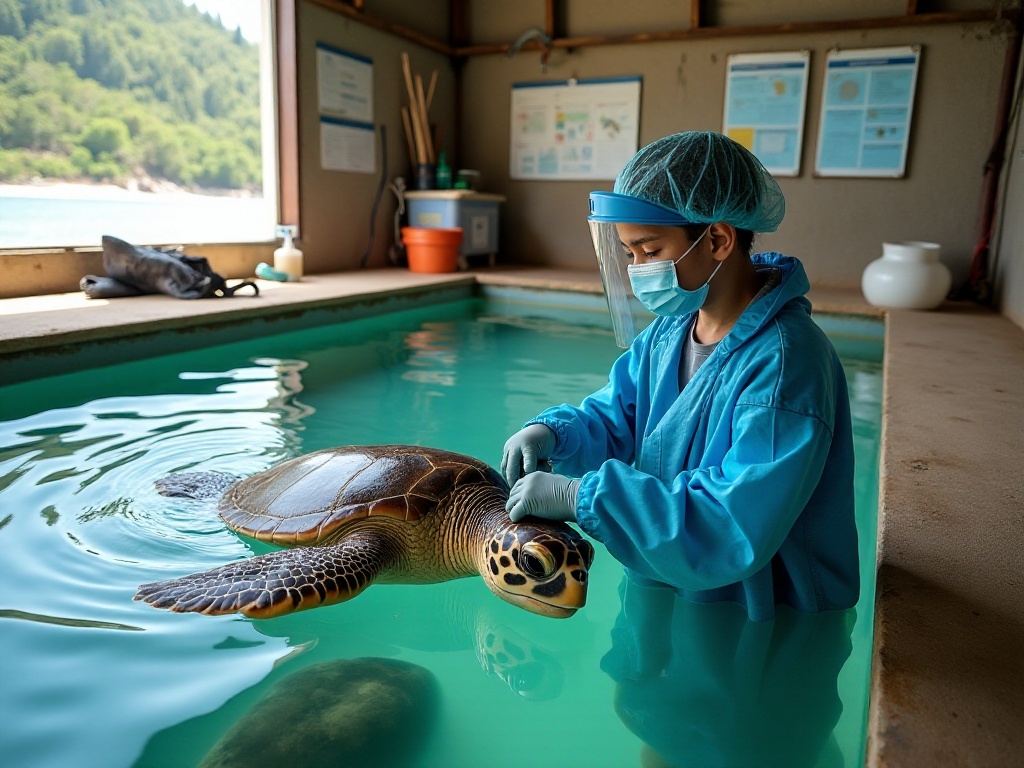
If you're interested in volunteer travel, I suggest starting with these steps:
First, browse different projects through platforms like Volunteer World to understand various organizations' characteristics and project types. Don't rush to decide - read other volunteers' reviews and experience sharing.
Then choose suitable projects based on your time, budget, and interests. It's recommended to start with short-term projects and consider long-term projects after gaining some experience.
After selecting a project, carefully read the project description to understand specific work content and requirements. If anything is unclear, communicate with the project team promptly.
Before departure, make thorough preparations, including visa applications, vaccinations, insurance purchase, etc. Also have a basic understanding of local cultural customs to avoid feeling lost upon arrival.
Remember, the significance of volunteer travel isn't about how many places you've been, but what you've left behind and what you've gained at each place. It's a way of travel that requires heartfelt engagement and a choice that can enrich life.
Do you think volunteer travel will become a mainstream way of tourism in the future? Welcome to share your thoughts in the comments.
 Previous
Previous
